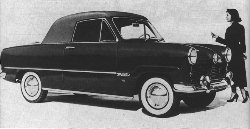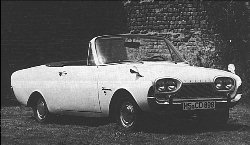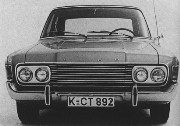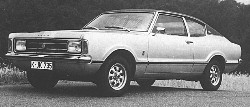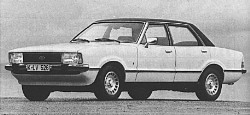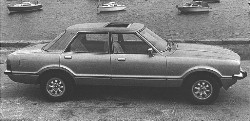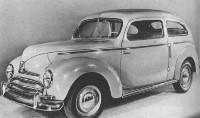
In 1925 the German FORD Motor Company was founded in Berlin, and its assembly shops were at the west port in Berlin. In 1931 the production moved from Berlin to the new factory in Cologne which was built in 1930. The models preceeding the first FORD TAUNUS in 1939 were the V8 in 1932, the FORD RHEINLAND and the FORD KÖLN in 1933 and the FORD EIFFEL in 1935. The so called ‘Hunchback-Taunus’ was equipped with a 34 PS (b.h.p.) producing 1.2 liter 4 cylinder inline engine, with a maximum speed of 106 km/h and cost RM (Reichsmark) 2870. After the Second World War the production was taken up again in 1948. The TAUNUS Standard, the TAUNUS Spezial and the TAUNUS De Luxe were built up untill 1952.
